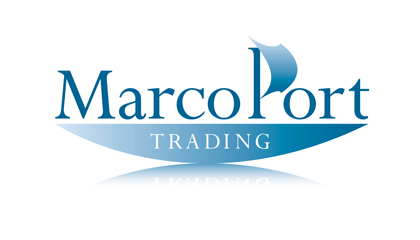When importing into a country, there are various terms, regulations and procedures an importer should be familiar with. The following is a guide of various issues to be aware of when importing.
For first time importers, it is highly advisable to use a customs broker to enter and clear goods through customs. Customs brokers are licensed by the countries in which they operate, and they act on behalf of the importer to file the necessary documents for goods to enter a country at the port-of-entry. Depending on their relationship with their client, they may also pay customs duties and other importing expenses on their client’s behalf. Finally, they advise importers about issues of which they may need to be aware such as country or origin markings.
When choosing a customs broker, the importer should first make sure they can enter goods at their desired arrival port. In the U.S., customs brokers are licensed by the U.S. Customs and Border Protection Service.
Prior to placing an order with a manufacturer, the respective nation’s customs agency and the importer’s customs broker should be consulted to avoid possible problems such as the following:
- Any legal issues that might exist with the product in the country of import.
- Finding out after the product arrives at port that the product is subject to import quotas (such as those put on textiles)
- Possible health, safety or other regulations which apply to the product to be imported.
One easy to avoid, but all too common problem encountered when importing is the failure to mark the product in compliance with country of origin regulations. To avoid this, contact the respective customs agency of the nation where the merchandise will be imported to ensure the goods are in compliance. For example, custom laws in the U.S. require each imported good be marked with the English name of the country of origin (e.g. China) as legibly, indelibly, and permanently as the nature of the article permits. Furthermore, this marking must be visible to the ultimate purchaser of the product.
The tariff rate levied by customs must be paid before the importer can take possession of the goods. While tariff rates in countries like the U.S. average around 5%, they can be significantly higher for some goods, particularly those with higher labor content. Therefore, it is important to know the rate before product arrives at port. For more information on tariffs and customs, please click here.
Before the goods are shipped, ensure the packing regulations for the destination country have been adhered to by the factory. For example, every box, bale or case may need to be numbered with the exact quantity in each.
Other regulations include the type of pallets that can be used.
The majority of customs clearance is about paperwork. Different goods can require different types of documentation, but the three major types of documentation the shipper must prepare include the following:
1. A bill of lading: This document, issued by the carrier or shipper, is basically a receipt of the goods acknowledging they have been received on the vessel for shipment. This document indicates the particular vessel on which the goods have been placed, their destination, and the terms for transporting the goods to their final destination.
2. A commercial invoice: This is used as a customs declaration by the entity that is exporting an item across international borders. This document is required by customs to determine the value of the goods to assess duties and taxes, and goods must be invoiced in a systematic manner.
3. Packing list: This document is an itemized detail of the merchandise in a particular shipment. A copy is usually attached to the outside of the shipping container or inside the container itself so the merchandise may be counted by the person opening it.
It is crucial to make sure these documents, and any others that may be needed for a particular shipment, are carefully completed and reviewed before the goods arrive.
To avoid excess storage fees, arrange for a freight forwarder or some other type of transporter to ship the goods to their final destination as soon as they have cleared customs.
Being aware of these points, as well working closely with customs and a customs broker, will make the importing process run more smoothly and will reduce the possibility of unnecessary difficulty or expense.
